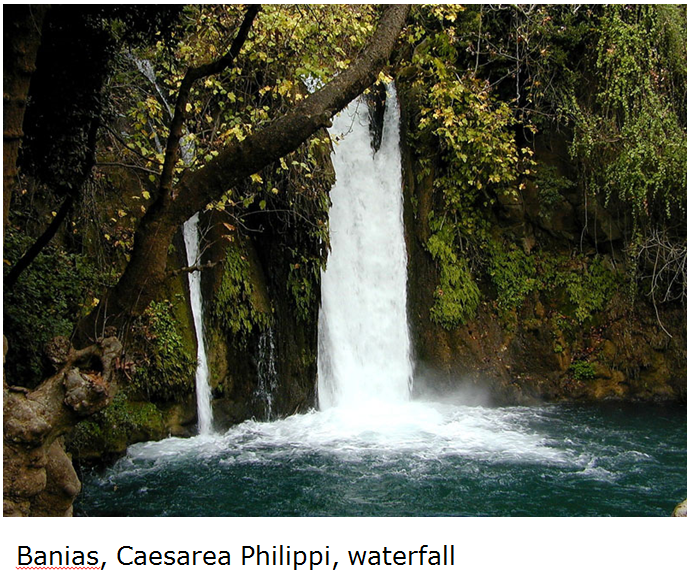Upon what high mountain did Jesus ascend with the disciples? Hint: where were Jesus and the disciples at when Peter made his great confession, and what very high mountain is in that vicinity? See Mat 16:13 and cf. the NET Bible maps and pictures copied below. What disciples did Jesus take with Him? Where else do we see Peter, James and John singled out as perhaps having a closer relationship to Jesus than the other disciples? See Mar 5:37, 13:3, 14:33. Is there any significance that the word Matthew uses for “brought up” in Mat 17:1 is used most frequently in the sense of “offer up”, as in a sacrifice? Cf. Gen 22:2 where the same word is used for Abraham offering up Isaac on Mount Moriah. In what sense are all of us as Christians, like Isaac, an offering to God that has been redeemed by the blood of another? What is the response or result in the life of an offering that has been redeemed by the blood of another? See Rom 12:1, 15:16, Heb 13:15-16, 1Pe 2:5 and cf. Gen 22:17-18. In what way was this true of Peter, James and John, especially in regard to them being borne up on the mount of transfiguration by Jesus? See Joh 1:14, 2Pe 1:12-19.
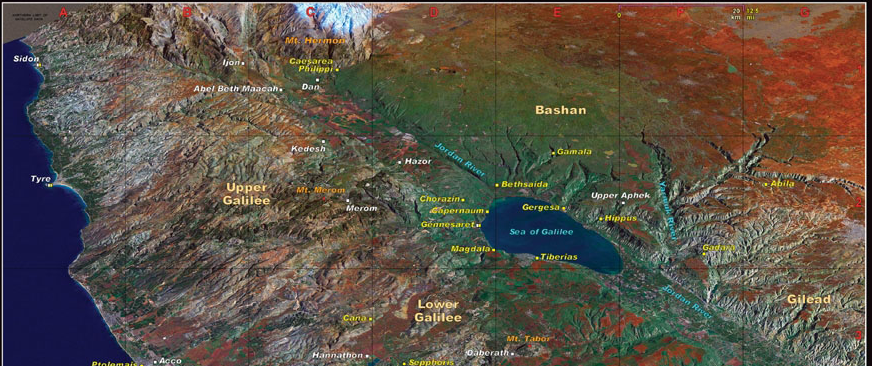
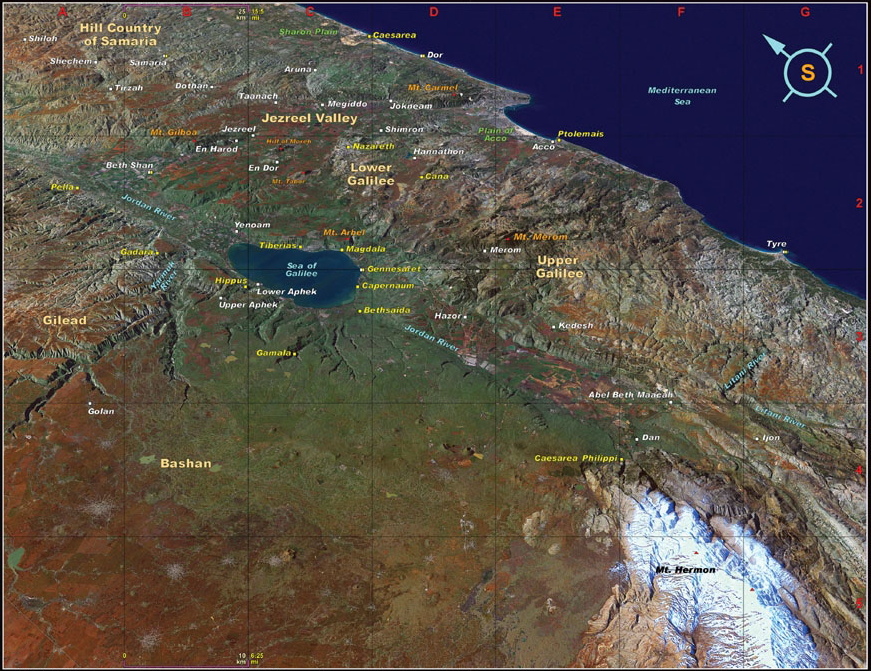
How long after Jesus said that some of His hearers would not taste death until they would see the Son of Man coming in His kingdom does Matthew say that Jesus ascended the mount of transfiguration with Peter, James and John? How long does Luke say it was? See Luk 9:28. How are we to reconcile this difference? Observe that Luke does use the word “about” (NASB = “some”), but think also: What might Luke, who wrote after Matthew and Mark, be indicating about the length of their journey up and stay upon the mountain? If they left on the sixth day, what would the eighth day be considered in terms of the sixth day? Cf. Gen 22:4, Exo 19:11,16.
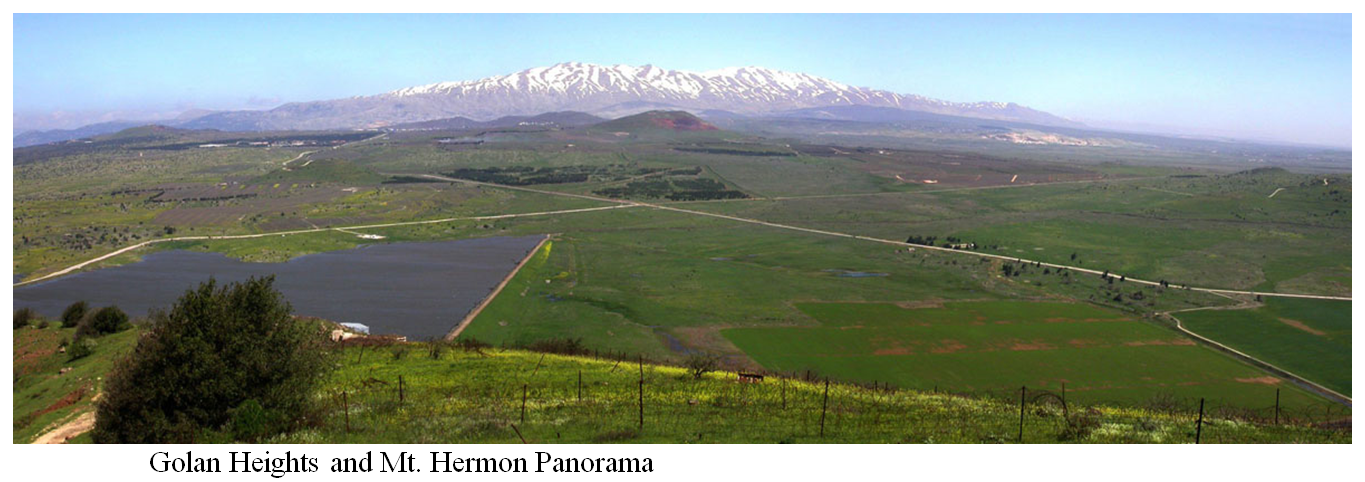
Why does Luke say Jesus went up on the mountain? See Luk 9:28. While he was praying what happened to Him? See Luk 9:29. Is it significant that it was while He was praying that He was transfigured? What other significant events happened while Jesus was praying? See Luk 3:21-22, 6:12-13, 9:18, 22:43, Joh 12:28. Should we expect significant spiritual events to be a part of our own lives apart from a life of prayer? Cf. Act 1:14, 2:1-4.
How does each gospel writer describe the transfiguration? See Mat 17:2, Mar 9:3[1], Luk 9:29. See Phil 2:6-7 and consider that while clothed in the flesh of humanity Jesus’ divine glory was veiled; in what way was the transfiguration an unveiling of that glory? Cf. Isa 60:19-20, Joh 17:24, Act 26:13-15, Rev 1:13-18, 21:23, 22:5. In what way did this fulfill Jesus’ words to the disciples in Mat 16:28? Who also at one time also beheld that glory? See Exo 33:7-11,17-23, 34:29-35[2], Num 12:8, Deut 34:10. How does Matthew describe Jesus’ face as shining? Cf. Psa 19:1-6. Did Moses’ face shine like the sun, or more like the moon? Consider that Moses could hide the reflected glory of God’s radiance with a thin veil (cf. 2Co 3:13); could Jesus’ clothes veil the radiance of His glory? In what way does the description of Jesus’ transfiguration also speak of His divine nature? See 1Jo 1:5, 1Ti 6:16, Psa 104:2, Isa 60:19.
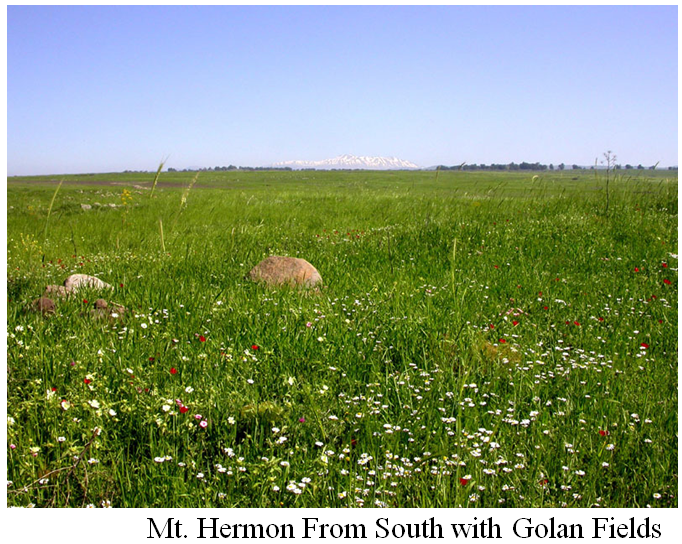
Notice that the Greek word used in Matthew and Mark for transfigured is metamorphoo from which we get our word metamorphosis; what example do we think of when we think of a metamorphosis? What word does Scripture use to describe man that also speaks of his nature prior to the adult stage of metamorphosis? See Job 25:5-6, Psa 22:6, Isa 41:14 and contrast 1Co 13:9-12. How does Luke describe Jesus’ metamorphosis? See Luk 9:29 in both the NAS and KJV. What indications do we have that Jesus’ transfiguration is a type of the transformation God desires to happen in each of our lives? See Rom 8:29, 12:2[3], 1Co 15:35-49, 2Co 3:18*, 4:6; cf. Psa 51:7, Isa 1:18, Rev 7:9,14. Even on this side of the grave, does spending time in the presence of the Lord alter “the fashion of one’s countenance”? Cf. 1Pe 3:3-4.
1. Observe the KJV reflecting the Byzantine text has “exceeding white as snow”; where only in Israel is snow found?↩
2. “Speak with” in Exo 34:35 in the LXX is the same Greek word used in Mat 17:3 translated “talking with”.↩
3. “Transformed” is the same Greek word metamorphoo used for “transfigured”.↩
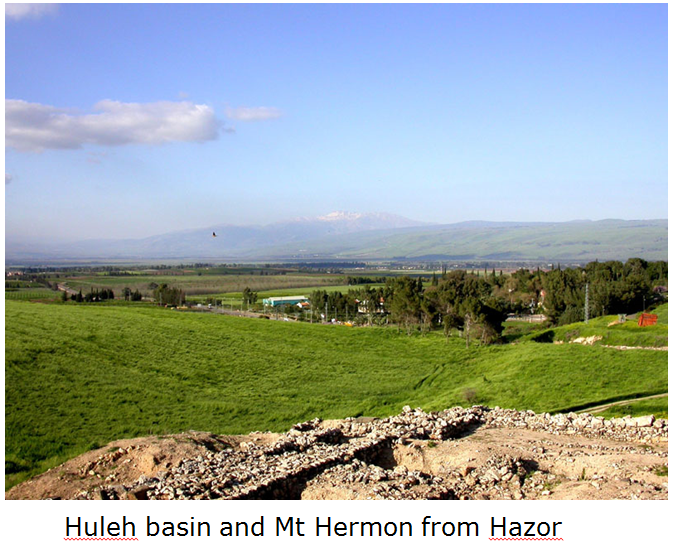
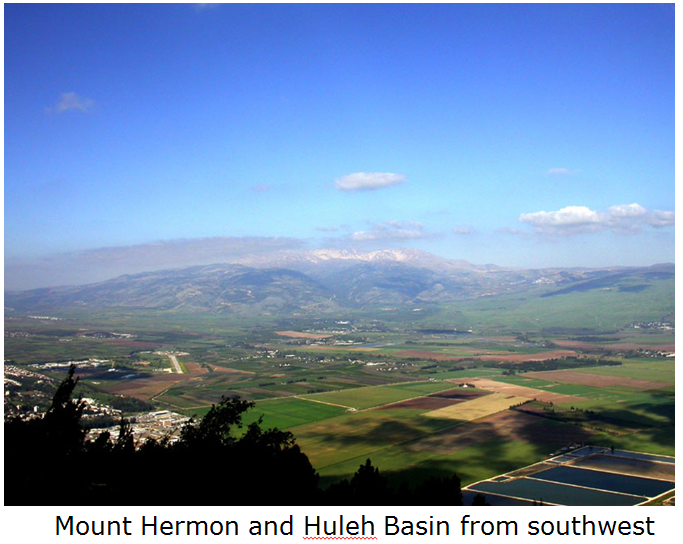

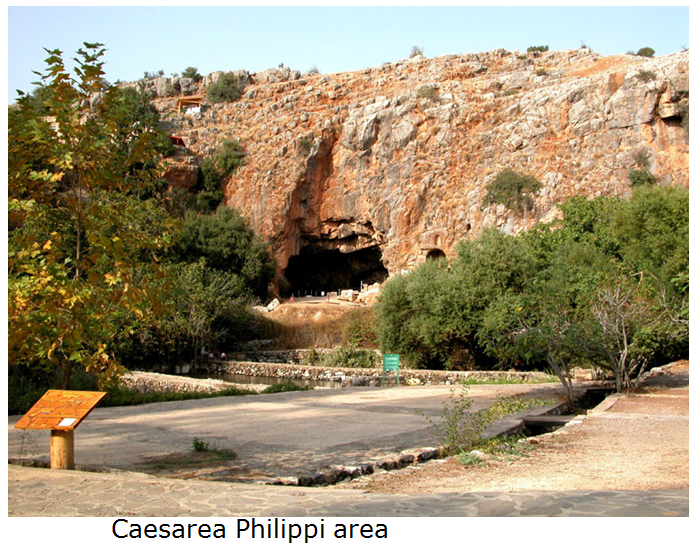
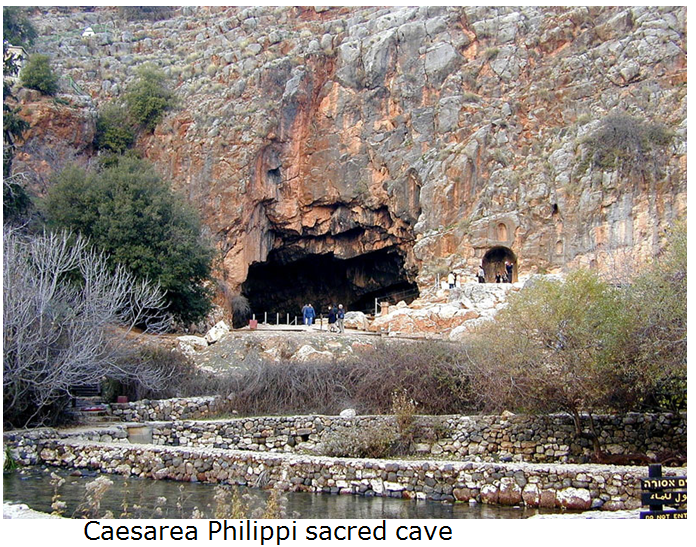
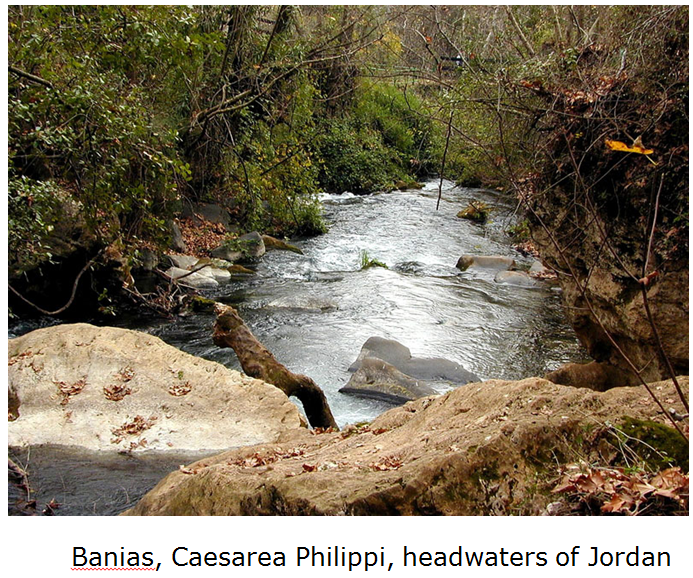
A spring emerges from the large cave which became the center of pagan worship. Beginning in the 3rd century B.C., sacrifices were cast into the cave as offerings to the god Pan. Water no longer comes out of the cave, but comes out of a crack below the cave at a rate of 20 cu m (5,300 gal) per second. Pan, the half-man/half-goat, god of fright (thus the word “panic”), is often depicted playing the flute. This city became known as Panias, which was corrupted in the Arabic language to its modern name Banias. The area is beautiful and wooded. An open-air sanctuary was built for the god Pan, next to the source of water that exited the cave. Augustus Caesar gave this city to Herod the Great, who in turn built a marble temple to Augustus. After Herod Philip inherited it, he renamed it Caesarea Philippi in honor of Caesar and himself, and to distinguish it from the Caesarea on the sea. Herod Agrippa II rebuilt the town during Nero’s reign and gave it another name, Neronias, but this name did not last. The city was so luxurious that Titus spent a considerable time here celebrating his victory over the Jews in 70 A.D.
